Botanicals
–
This space is a return—to Source, to the green breath of the natural world, to the quiet divinity alive in leaf, root, and soil.
In listening to the elements, I walk the path of my ancestors, mindful of the great rupture that pulled us from the pulse of the Earth, and of our slow, sacred crawl back toward it.
These journeys spiral us home—into the centre, into balance—where ancient technologies await, whispering how to resist the great slumber, the great forgetting, the quiet death.
In the Caribbean, and across Indigenous worlds, plant knowledge is resistance. It is remembrance. Plants speak in medicine, in ease, in endings, in memory. They carry the language of ritual and the customs of a people wrapped in magick.
We have forgotten. This journaling is my way of listening again—of aligning with their transmissions, redefining creative power, and remembering who we were before the silence.
Commonly called lemongrass or fever grass in many countries, including St. Vincent and the Grenadines, this hardy grass is powerful as it rehydrates and helps when one is suffering from diarrhoea, stomach pain, fever, flatulence, flu, colds and coughs. The grass is compact and densely tufted perennial, with bundles growing up to three feet.
The Vitex is a powerful womb and love medicine that shows us deeper connections to lore, mythologies, and magic. It has become an ally for women today struggling with infertility and other conditions.
“Bush Medicine: Stories that Remember the Land” focuses on traditional knowledge and the power of intergenerational exchange, two aspects of recovery and remembering that are important for Vincentian consciousness. The documentary dives into stories of elders and younger practitioners across Bequia and St. Vincent, and engages in their memories of the land, the importance of bush medicine in daily living, subsistence agriculture and traditions that were once important in our communities.
Corilla or carila - tie it around your neck to ward of stiffness. Macerate or pound the leaves in a bush bath to sap away stagnant energy. Revitalizing and cooling.
This recipe is a co-creative endeavor between Annalee Davis and myself which was made for the permacultural residency at Stiftung Künstlerdorf in Schöppingen, Germany. It draws inspiration from traditional wake food and meals prepared for family members as they mourn, grieve and celebrate the recent dead.
Sea Island Cotton has been grown in the Caribbean since the 15th century, before the arrival of Europeans to the ‘New World.’ Sea Island Cotton’s origins can be traced back to being cultivated on the coasts of southwest Ecuador and northwest Peru over 6,000 years ago.
The unassuming roucou gives color to food, clothing and art. It enriches the skin with beta-carotene.
Castor oil increases the circulation of blood and lymph, decreases pain and improves the conditions of uterine illnesses. Many women have found castor oil compresses very helpful for conditions related to PCOS, infertility, endometriosis, fibroids and cysts along with inflammation and pain management. Castor oil packs and rubs can also be used throughout the cycle see the recipe here!
Tulsi, comprising several species in the basil family, is more commonly known as holy basil or tea basil across our island archipelago. It has a wide range of applications for spiritual, religious and traditional medicine purposes, and is commonly found in home gardens and growing wild across our island archipelago.
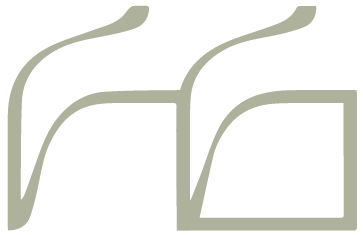

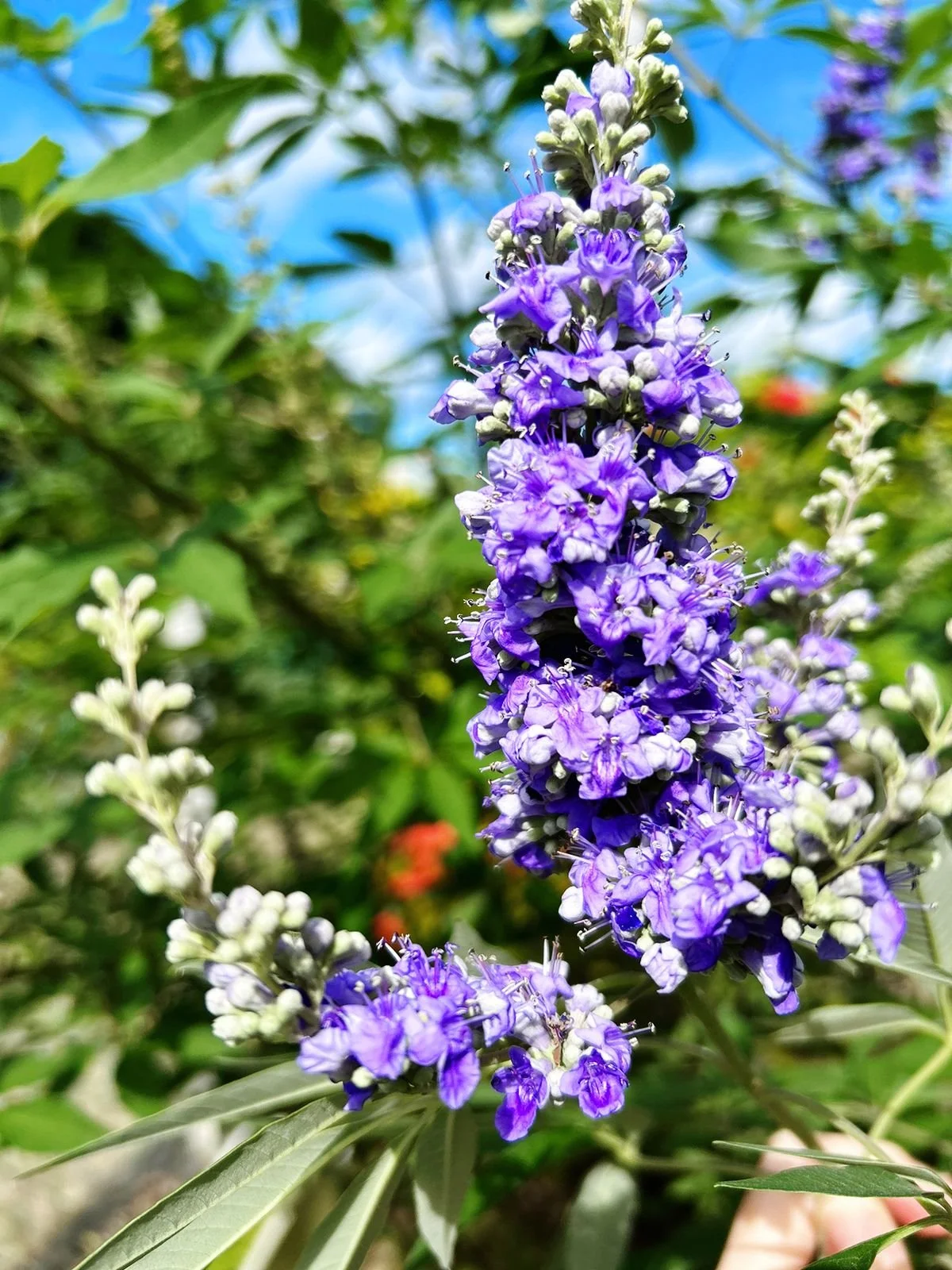


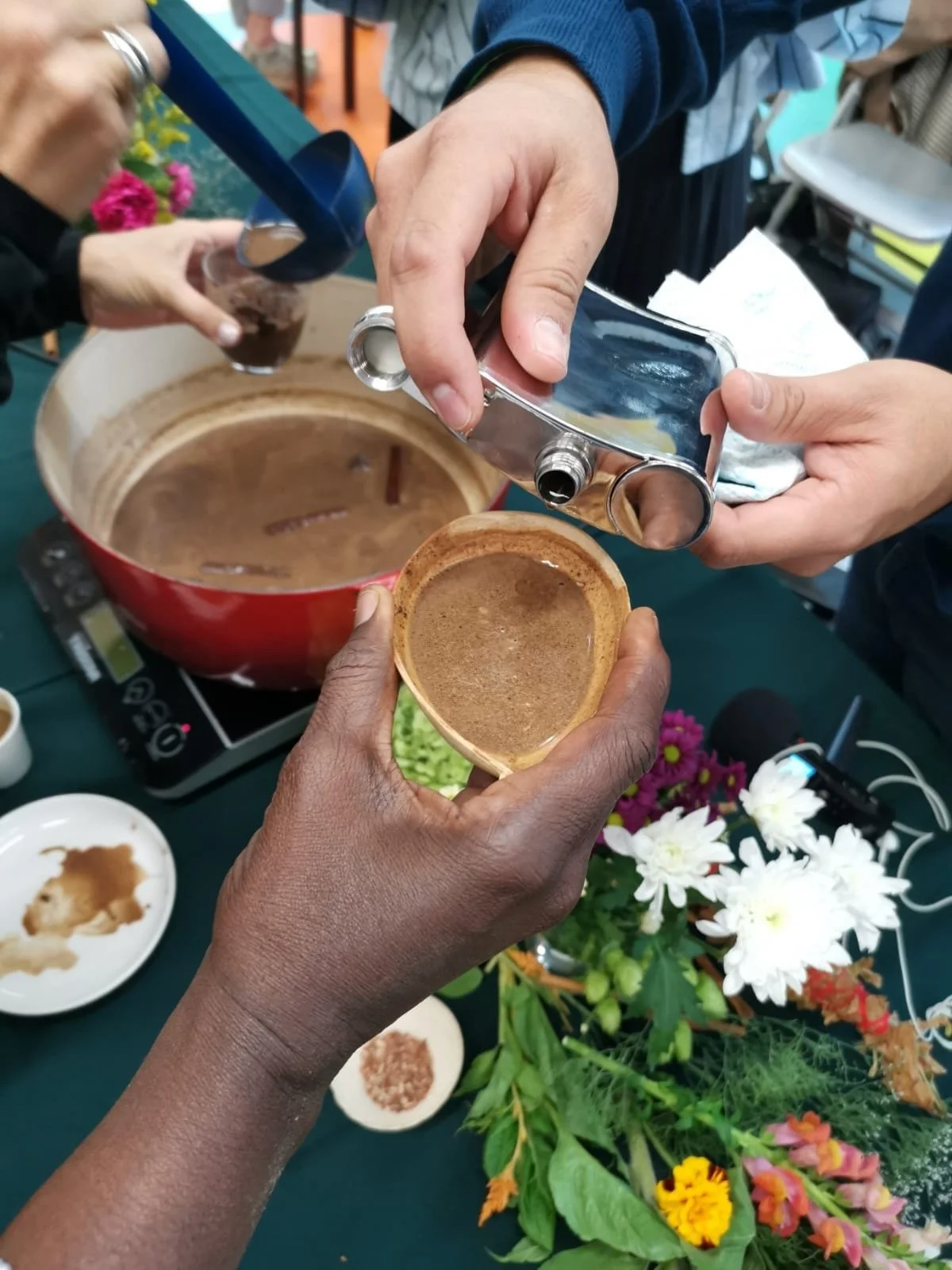
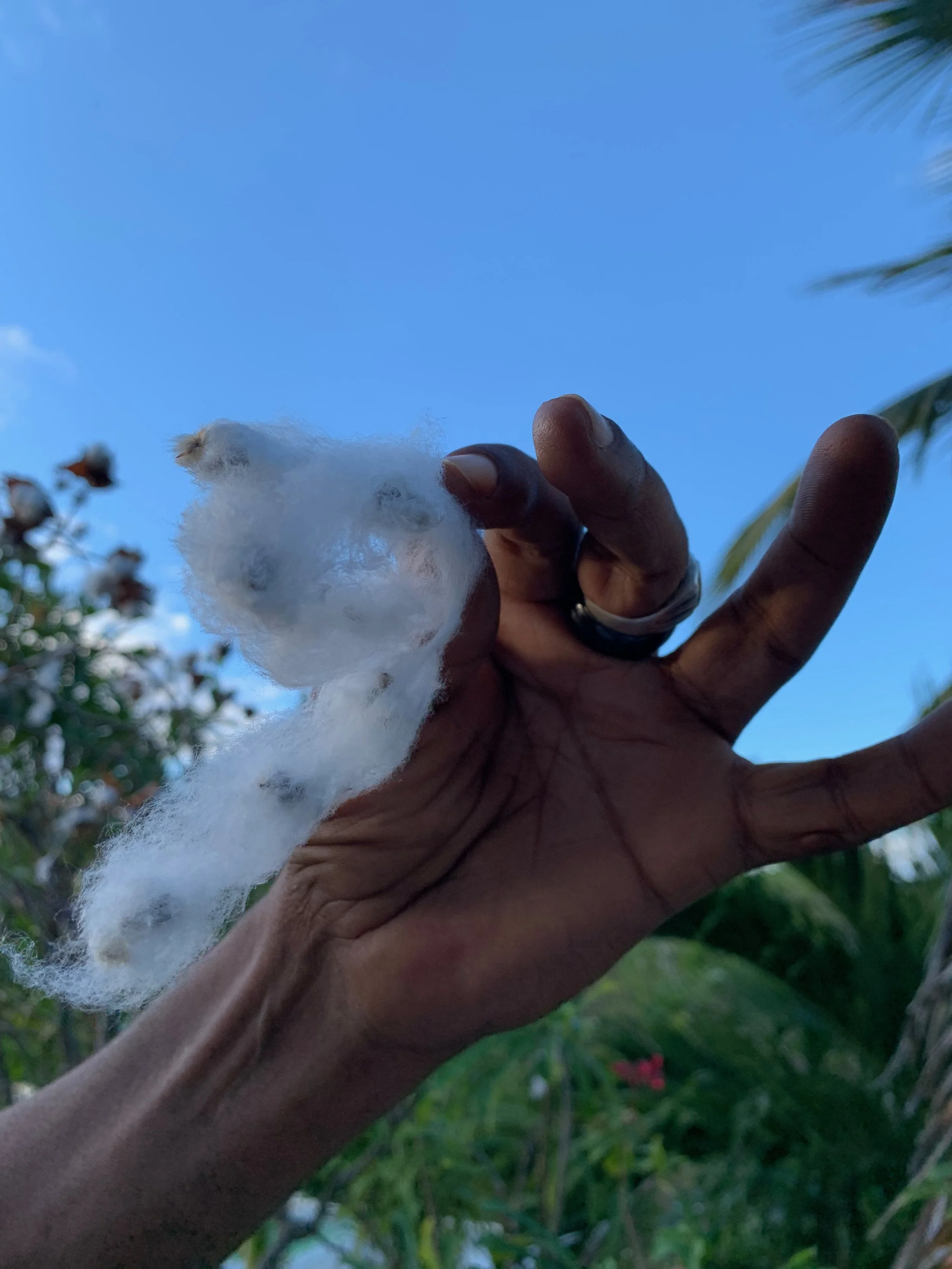
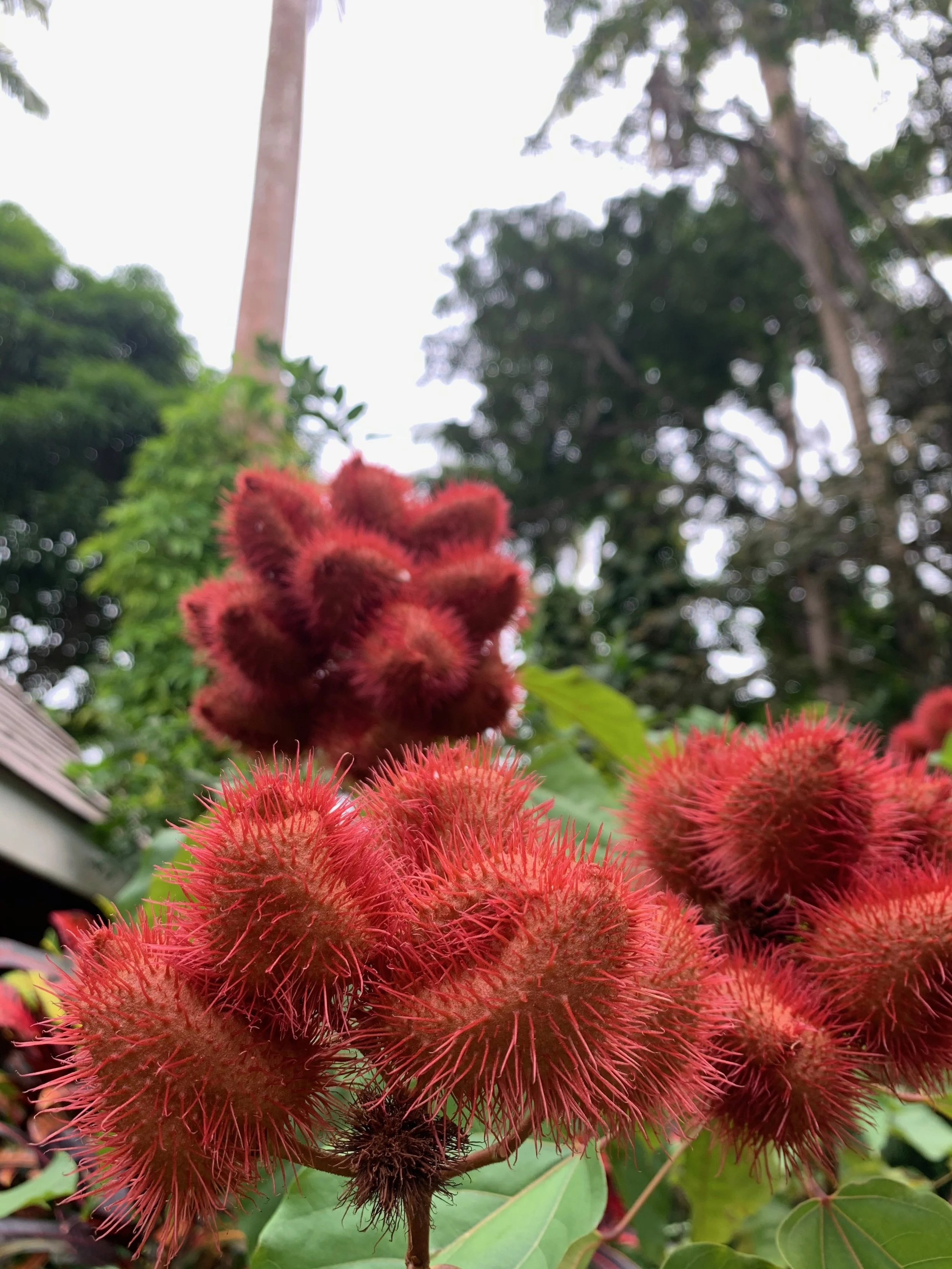
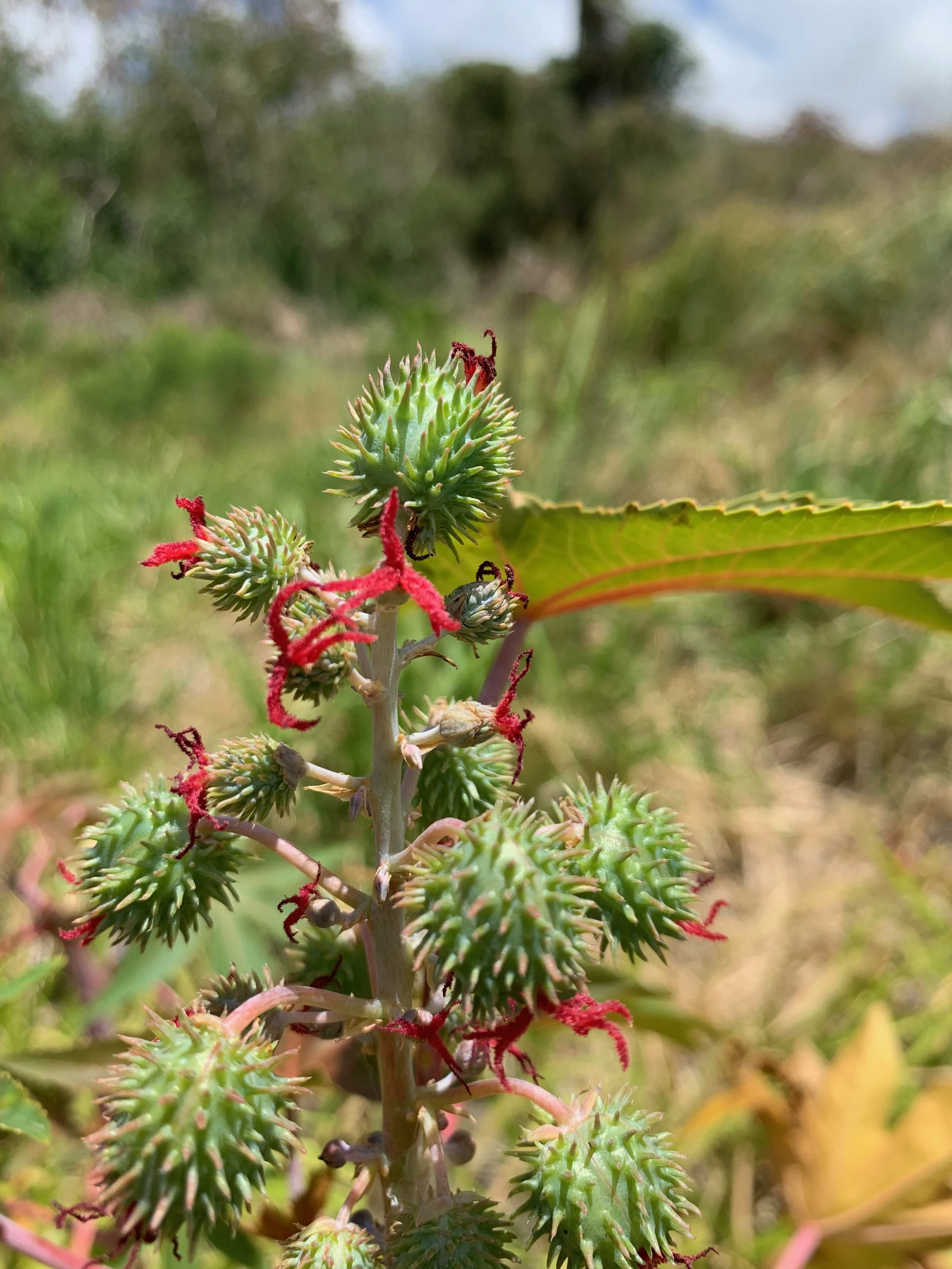
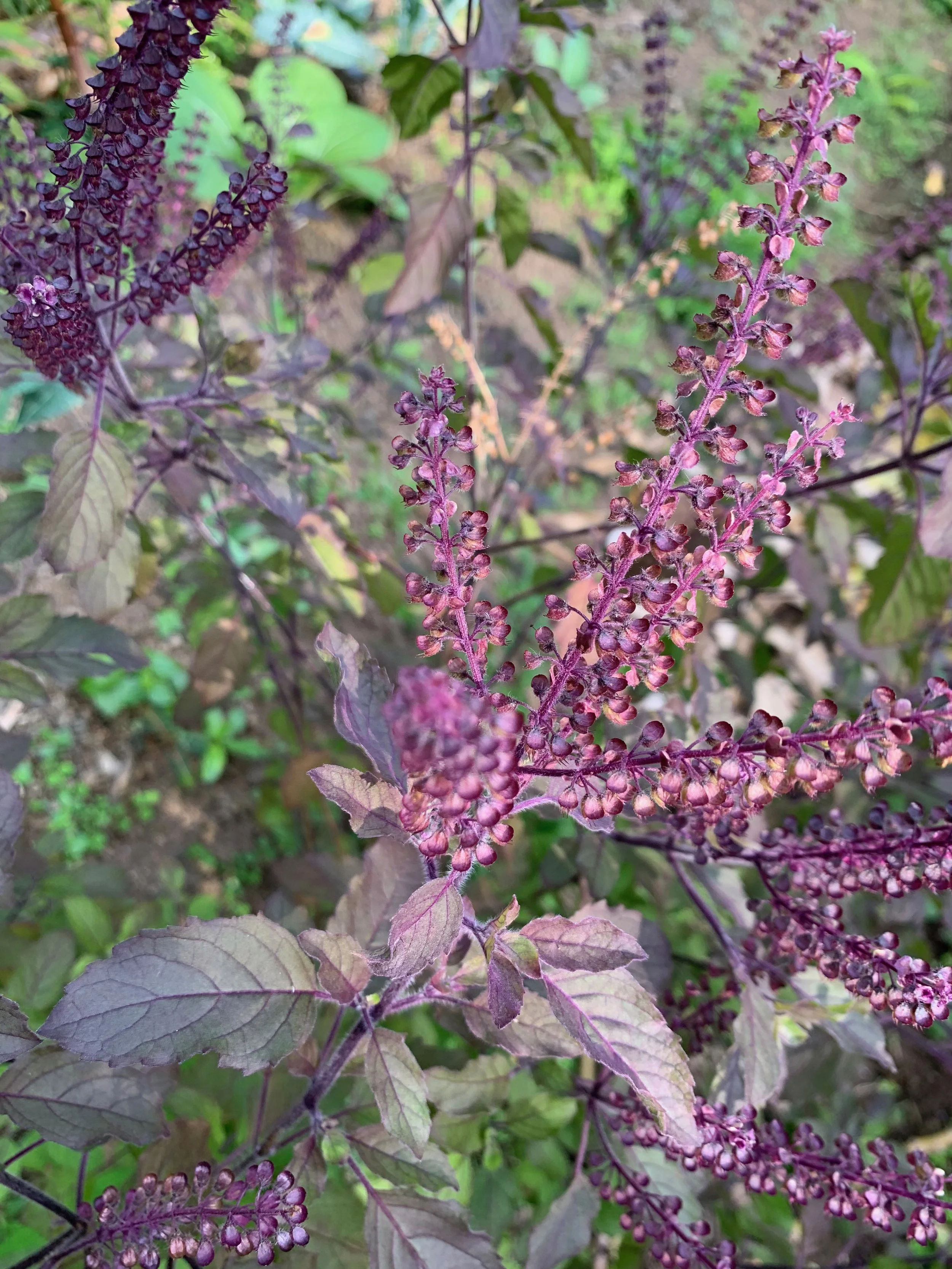
Lantana camara is known by many local names, including Buddy Me Eye, Red Sage, Wild Sage, and White Sage. It is native to Central and South America and the Caribbean, with geographical expansion along the tropics